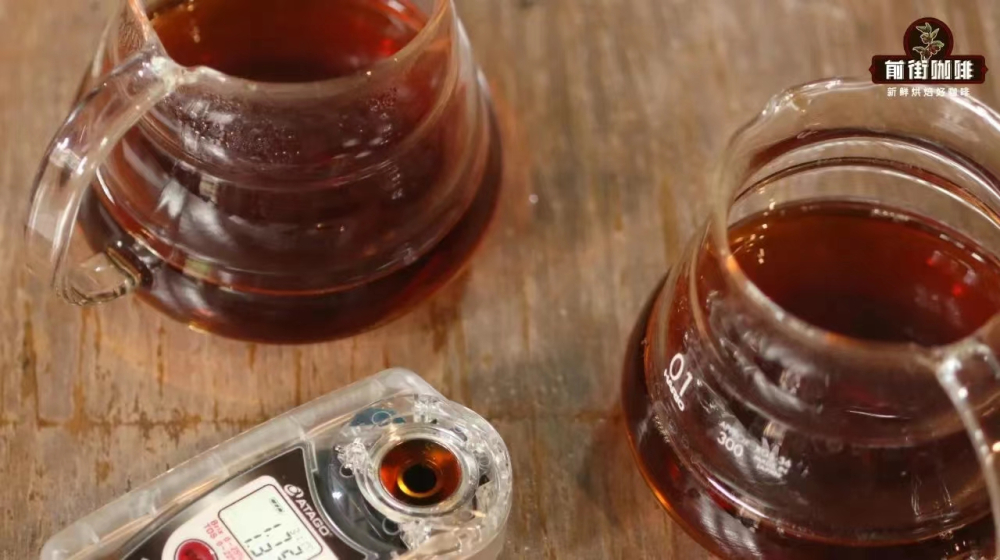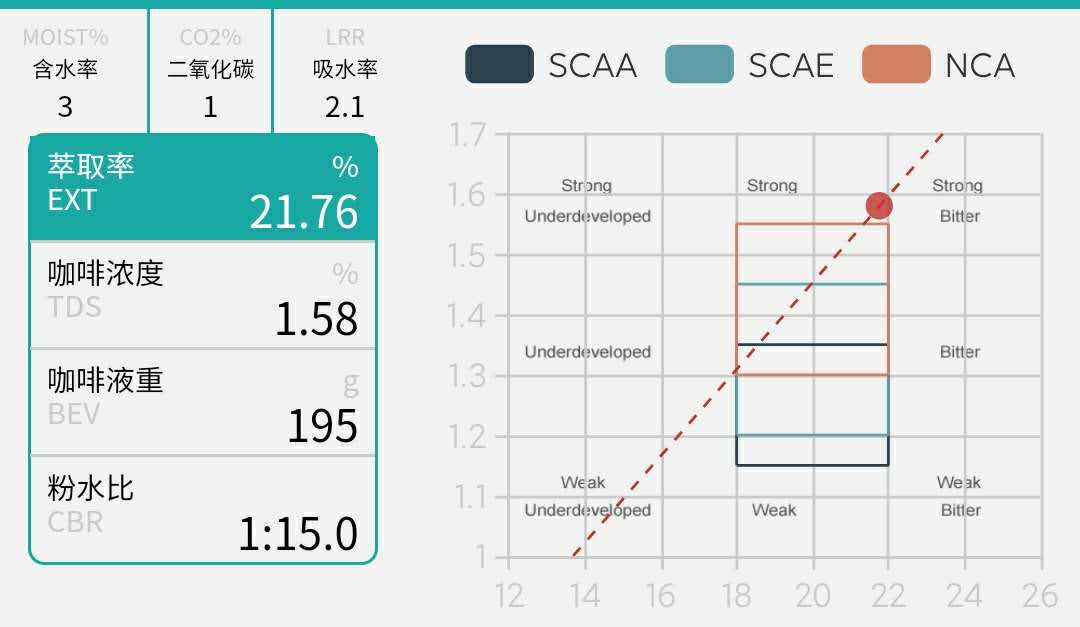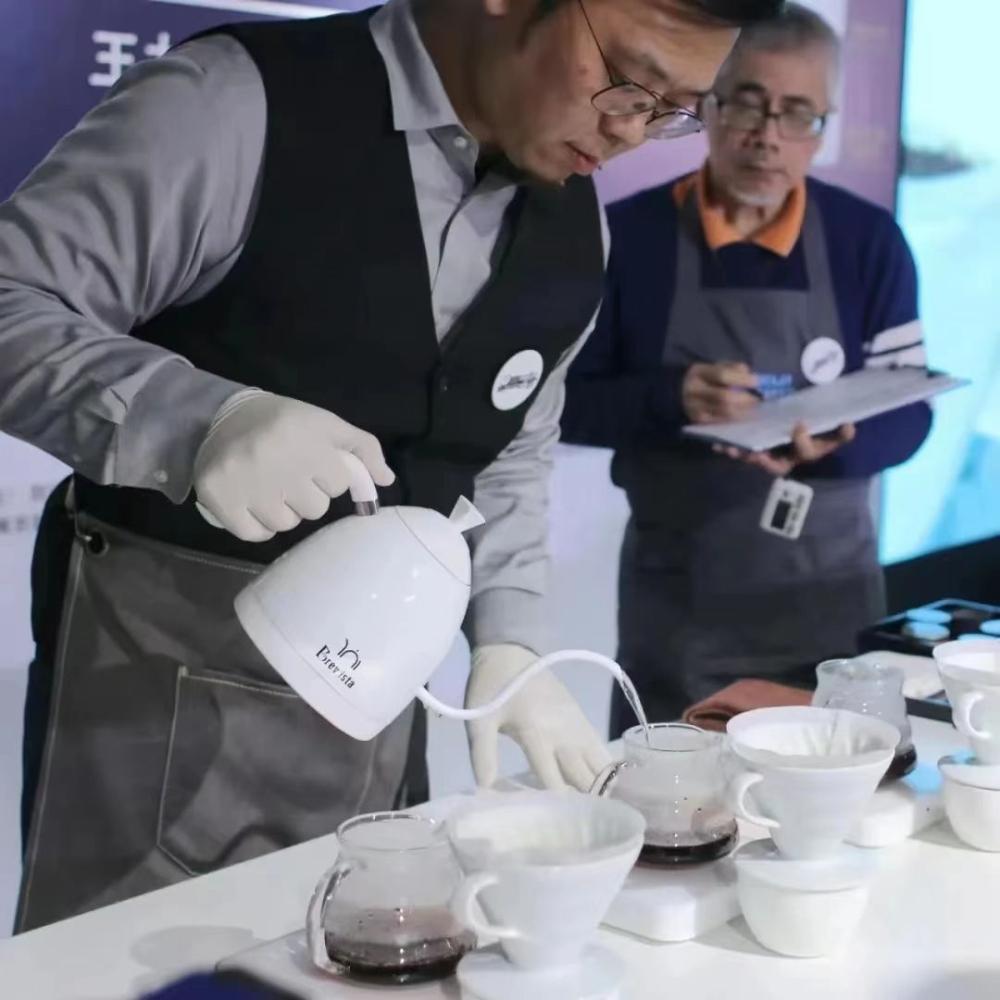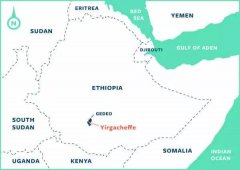What is By pass theory? What factors should be paid attention to when using bypass coffee brewing?
The word By Pass may be rare in coffee expressions, but it often occurs in practical applications. Most of the time, it is simply understood as mixing the brewed coffee with the right amount of pure water. Is it really that simple? In this issue, baristas are going to talk about By Pass.

What is By Pass?
By Pass literally means "bypass" and is often called "bypass" (it's a bit like a bypass). In coffee brewing, the water washed the coffee powder to get the coffee liquid called "the right way" (it should have been extracted this way). By pass bypasses the coffee powder and injects water directly into the coffee liquid, which means "bypass".
How to apply By pass?
Many people think that if you brew the coffee by hand and then add water, does that mean that your cup of coffee is not well brewed, and that you should add the right amount of water to dilute its bad taste. First of all, it does not deny that By pass has such a "remedial" function, but it is based on the relationship between extraction rate and concentration (Golden Cup criterion).

For example, if 15g powder is used to brew with 1:15 powder, the coffee concentration is 1.58% and the extraction rate is 21.76%. (the extraction rate represents the proportion of the substances extracted from the coffee powder to the coffee powder, the main body is the coffee powder; the concentration refers to the proportion of the substances contained in the coffee liquid to the coffee liquid, and the main body is the coffee liquid. )
Well, for the extraction rate, according to the gold cup described by SCA, the better flavor range is the extraction rate of 18-22%, so there is no "over-extraction" in the sense of gold cup, while too high concentration of coffee may lead to over-concentration of flavor or make people feel uncomfortable. in this case, use By pass-- to mix the "high concentration" coffee liquid with the right amount of pure water. Reduce the concentration to a concentration that is more comfortable for the public (SCA recommends 1.15-1.35%).

Of course, if a cup of coffee has too much bad flavor or obviously sour and bitter taste, then [bypass] can not change anything, because bad taste or flavor substances already exist, water can only dilute the sense of existence of these substances, and can't dispel them. And if you inject too much water, it will turn a cup of coffee into coffee-flavored water.
By Pass's theory is to use less water to extract more high-concentration coffee liquid, and then use pure water with a TDS of 0 to dilute it to a concentration that feels comfortable to the normal senses.
What is similar is Mr. Kanazawa's Kanazawa-style brewing. He emphasizes that only the good flavor of the first paragraph is extracted, and the small molecules in the soluble substances of coffee are retained. The extraction is finished before the release of larger molecules and later precipitated tannins, plant enzymes and other flavors with scorched, bitter and astringent flavors, leaving only the essence of the coffee liquid, only the top 1/3 of brewing methods. The coffee liquid extracted is called the original coffee liquid, and then mixed with twice the amount of water to adjust.

So By Pass theory is also often used to make brewing schemes, aiming at the quick release of small molecules with good flavor substances in coffee and slow release of bitter substances from macromolecules, then we can use 1:13 powder-water ratio to add 2 times the amount of [bypass water] to reach 1:15 powder ratio, because the latter 30 grams of water did not pass through the coffee powder layer to directly inject coffee liquid. Therefore, the concentration of the coffee will be lower than the normal brewing, and the bitter substance in the later stage will not be relatively less. The shallow roasted coffee brewed in this way will make the acidity brighter and the taste cleaner.
Of course, By Pass also adds a lot of playability to coffee, for example, we can use finer ground coffee powder, or higher water temperature to adjust the parameters to produce coffee with different flavor.
See here, I believe you also have a certain understanding of By pass, do not think of by pass as a simple coffee with water.
Important Notice :
前街咖啡 FrontStreet Coffee has moved to new addredd:
FrontStreet Coffee Address: 315,Donghua East Road,GuangZhou
Tel:020 38364473
- Prev

Yega Sheffield Coffee brewing different brewing filter cups brewing Essex Sheffield Biroya Coffee
Coffee beans from the Yegashafi region of Ethiopia have always been the best-selling beans on the front street, and their bright acidity of citrus and berries are loved by their friends. Recently Qianjie started with Biloya from Yega Ficher to boil the bean in different ways to see if the flavor of the bean is different. Country of origin: Ethiopia: Yejiaxue
- Next

How to cook red cherry by hand & red honey to treat red cherry coffee beans
In the front street cafe, a dazzling variety of coffee menus, Ethiopia's Yega Sheffield has always been loved by every coffee lover. On the menu bar in Ethiopia, red honey red cherries and sun red cherries written in the first and second line are particularly eye-catching. This time Qianjie Coffee will talk about what is red cherry and what is the difference in the flavor of red cherry coffee with different treatments. Yega
Related
- Beginners will see the "Coffee pull flower" guide!
- What is the difference between ice blog purified milk and ordinary milk coffee?
- Why is the Philippines the largest producer of crops in Liberia?
- For coffee extraction, should the fine powder be retained?
- How does extracted espresso fill pressed powder? How much strength does it take to press the powder?
- How to make jasmine cold extract coffee? Is the jasmine + latte good?
- Will this little toy really make the coffee taste better? How does Lily Drip affect coffee extraction?
- Will the action of slapping the filter cup also affect coffee extraction?
- What's the difference between powder-to-water ratio and powder-to-liquid ratio?
- What is the Ethiopian local species? What does it have to do with Heirloom native species?

